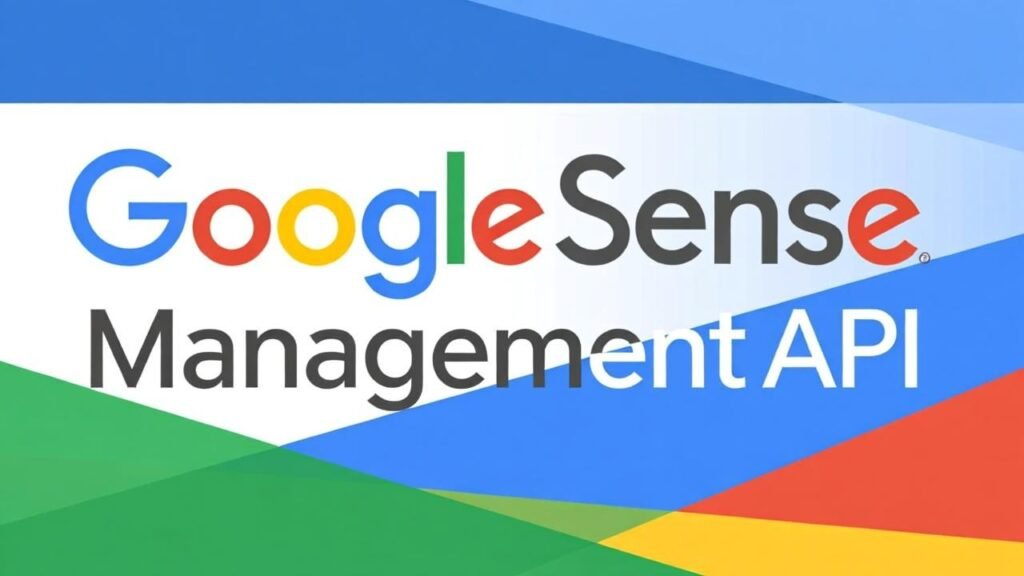For publishers and developers seeking to automate and enhance their Google AdSense account management, the Google AdSense Management API offers a powerful solution. In 2025, the API remains an essential tool for scaling monetization efforts, streamlining reporting workflows, and integrating AdSense data into custom dashboards or third-party applications. This comprehensive guide introduces the Google AdSense Management API, outlines its key features, shares practical insights on getting started, and explores use cases that help publishers maximize revenue through automation.
What Is the Google AdSense Management API?
The Google AdSense Management API is a RESTful web service that allows developers to programmatically access AdSense account data and perform actions such as:
-
Retrieve earnings, ad units, and metrics.
-
Generate customized reports.
-
Manage ad clients and payment settings.
-
Automate account monitoring.
This capability is particularly valuable for publishers managing multiple accounts or requiring integration between AdSense and proprietary analytics or reporting platforms.
Why Use the AdSense Management API in 2025?
With increasing scale and complexity in online advertising, manual data retrieval through the AdSense web interface becomes impractical. The API offers:
-
Automation: Schedule regular data pulls and alerts without manual intervention.
-
Customization: Build tailored dashboards combining AdSense data with other business metrics.
-
Integration: Seamlessly connect AdSense data to CRM tools, BI platforms, or marketing automation systems.
-
Efficiency: Reduce errors and time involved in gathering and analyzing AdSense performance figures.
-
Scalability: Manage multiple websites’ revenue data from a centralized platform.
Key Features of the Google AdSense Management API
1. Detailed Reporting Access
Fetch granular data on revenue, impressions, clicks, and CTR at daily or hourly intervals. Get insights by ad unit, site, or country to fine-tune monetization strategies.
2. Account and Ad Unit Management
Programmatically manage ad clients and ad units, including creating, updating, or disabling units without logging into the AdSense UI.
3. Real-Time Alerts and Thresholds
Integrate real-time reporting to trigger alerts when earnings cross targets or anomalies such as sudden traffic drops or invalid click spikes occur.
4. Support for Multi-Account Management
Access multiple linked AdSense accounts using a single authorization process, ideal for agencies or publishers with diversified portfolios.
Getting Started: How to Use the Google AdSense Management API
1. Set Up a Google Cloud Project
-
Visit the Google Cloud Console.
-
Create a new project and enable the Google AdSense Management API.
-
Set up OAuth 2.0 credentials (Client ID and Client Secret) for secure access.
2. Authenticate Your Requests
Authenticate API calls using OAuth 2.0 to securely access your AdSense data. This step ensures data privacy and compliance with Google’s security standards.
3. Explore API Endpoints
Use API endpoints like:
-
/accountsto view available AdSense accounts linked to your credentials. -
/reportsto generate performance reports. -
/adclientsand/adunitsto manage your ads.
4. Make Your First API Call
Utilize Google’s client libraries (available in Python, Java, PHP, and others) to send requests and handle responses. Example code snippets are available in Google’s documentation.
Practical Use Cases for the API in 2025
Automated Revenue Dashboards
Combine AdSense data with Google Analytics to create comprehensive dashboards showing overall site performance and revenue trends.
Scheduled Reporting and Alerts
Configure automated emails summarizing daily earnings or flagging unusual activity so you can act quickly.
Ad Unit Optimization
Dynamically modify or pause underperforming ad units based on performance metrics pulled via the API.
Multi-Site Portfolio Management
Publishers with networks of sites can consolidate AdSense data for holistic analysis and strategic planning.
Best Practices and Tips
-
Use Quota Wisely: Google enforces usage quotas; optimize requests and cache data appropriately.
-
Secure Credentials: Never expose OAuth tokens publicly; implement secure storage.
-
Handle API Errors Gracefully: Implement retry logic and error handling to maintain robust integrations.
-
Keep Updated: Follow Google’s API changelogs and update client libraries regularly.
-
Comply with Policies: Ensure API use aligns with AdSense and Google Cloud terms of service.
Official Documentation and Resources
For detailed developer guides, API reference, and sample codes, visit the official Google Developer page:
Google AdSense Management API Documentation
Read More: Google AdSense: Use-Cases, Insights, and Reviews in 2025
Conclusion
The Google AdSense Management API in 2025 is an indispensable tool for publishers and developers aiming to streamline AdSense operations, gain actionable insights, and scale monetization intelligently. By leveraging automation and integration capabilities, publishers can enhance efficiency, reduce manual overhead, and maximize advertising revenue.
Whether managing a single site or a portfolio, adopting the AdSense Management API empowers you to build customized, dynamic, and scalable monetization solutions that meet modern digital advertising demands.

